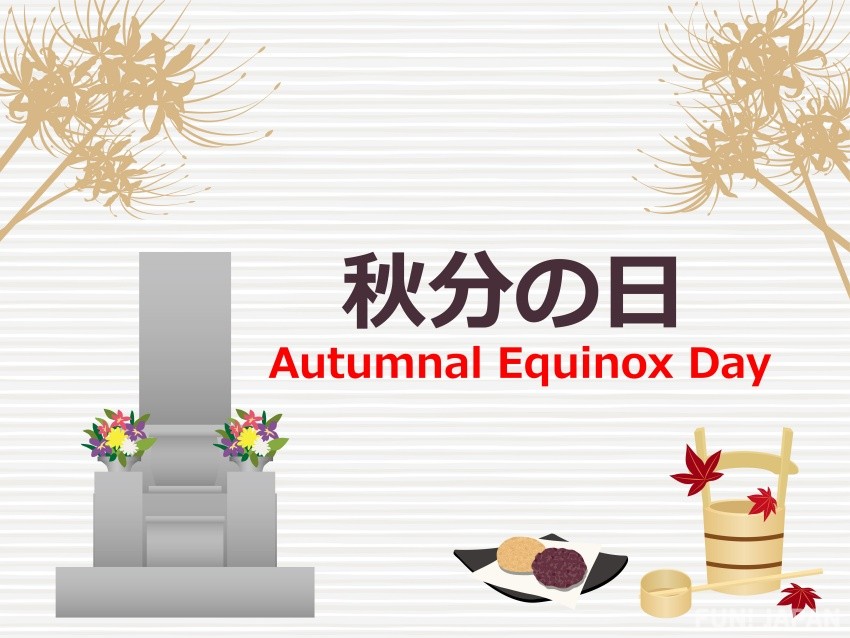
In September in Japan, there is a public holiday called "Autumnal Equinox Day" which has been recognized since 1948 and is just one of Japan's many public holidays. However, just what is "Autumnal Equinox Day"? and what meaning does it hold? Surely some of you are interested, right? We would like to introduce this public holiday in more detail in this article.
What is Autumnal Equinox Day?
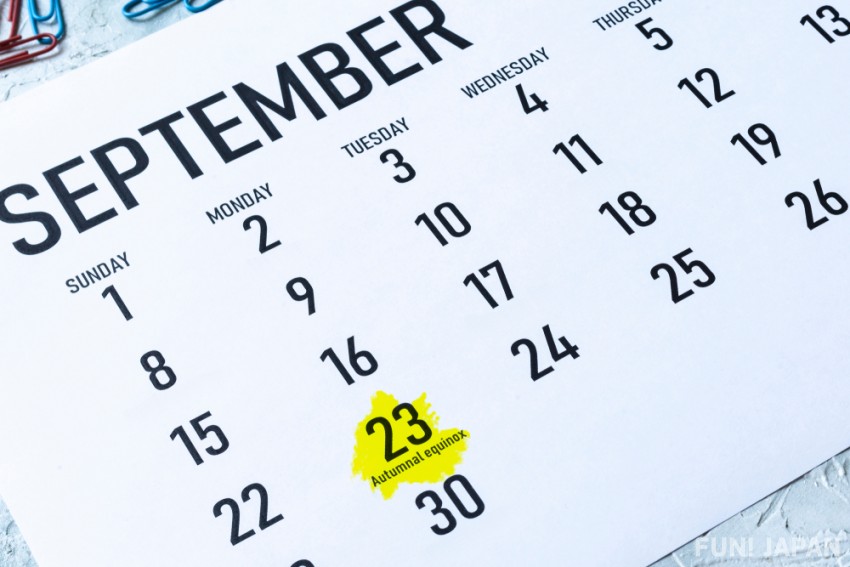
Once autumnal equinox comes around, it's a time where you remember your ancestors, the people who have passed away. Up until the year 1948 it was called the "imperial ceremony of ancestor worship". During the autumnal equinox the time of noon and night become almost the exact same, and due to this meaning that on this day, the sun is in the sky for the least amount of time, it was said from long ago that on this day "The earth is the closest to Amitabha's Pure Land". Speaking astronomically, "autumnal equinox is when the sun reaches 180 degrees on the ecliptic longitude" and occurs every year around the 22nd - 24th of September. It is for this reason that on the 1st of February every year, the national astronomical observatory publishes a book called "Calendar and Ephemeris" where the years autumnal equinox day is decided.
When is Autumnal Equinox Day in 2025?
Autumnal Equinox Day in 2025 will be on Tuesday, September 23th. The day will be a public holiday.
"Autumnal Equinox Day" Sees People Visiting Graves

The week in which the autumn equinox happens can also be called "The autumn equinoctial week". There is also a equinoctial week in spring with the Vernal Equinox Day being the main focus. The term "equinoctial week" originates from Buddhism and originally represents spiritual enlightenment. To put it simply, it is "The world in which the deceased's spirits live". To visit these spirits, you visit their graves during the equinoctial week.
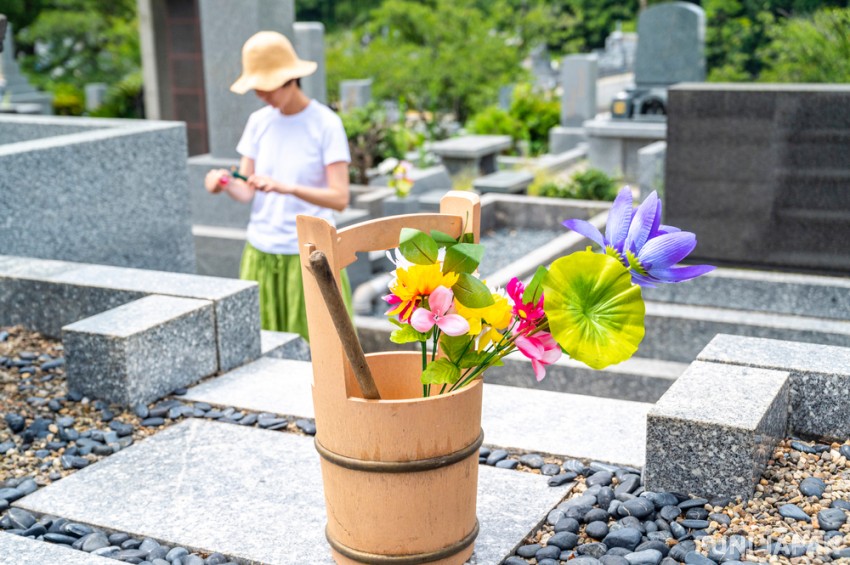
Originally in the rural districts, the period around the vernal equinox was a time when they would pray for bountiful harvests, and the autumn equinox was when they would celebrate the harvest, they would lead the ancestral spirits of the mountain gods down from the mountain towards the village during the vernal equinox, and then back to the mountains during the autumn equinox, but once Buddhism made it's way into their culture, it started to gain the meaning of celebrating your ancestors instead.
It's Standard to Eat the Offering "Ohagi" (Botamochi)
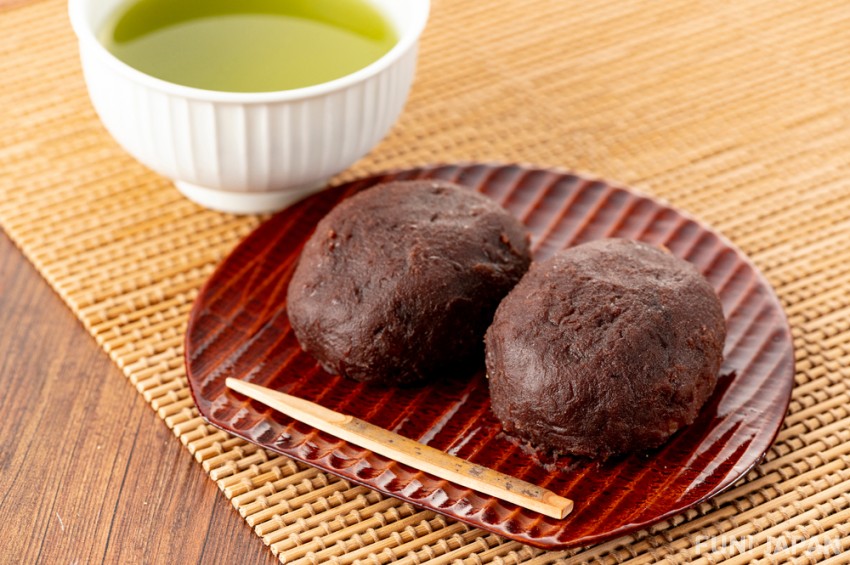
Other than visiting graves, eating Ohagi (Botamochi) is another custom of this period. It is believed that the red color from the anzu beans used in the food wards of spirits as well as drives off ill will which is why they are eaten.
The View of this Period "red spider lily"
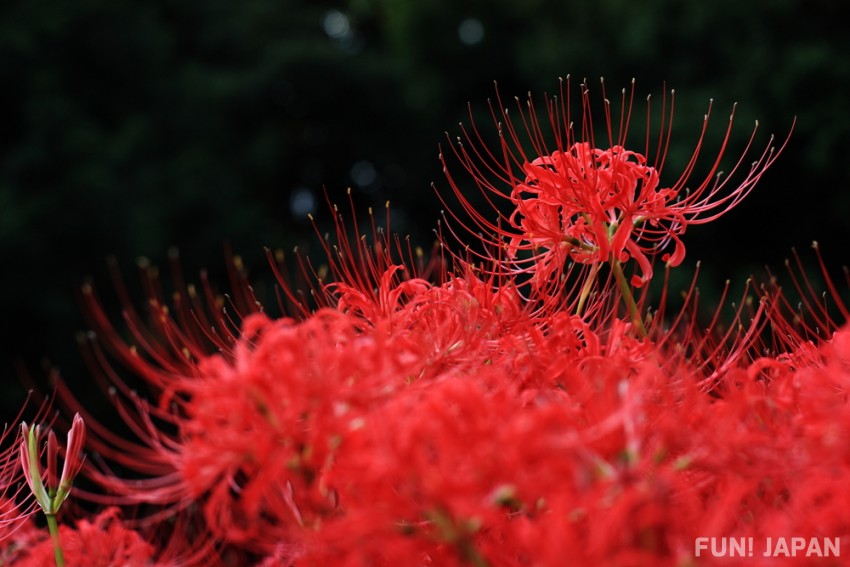
The "red spider lily" with it's devilish burning red colors represent autumn in Japan. It is also known commonly as the flower that blooms during the equinoctial week. The most unique characteristic being the firework-like bud that sits atop the long stem.
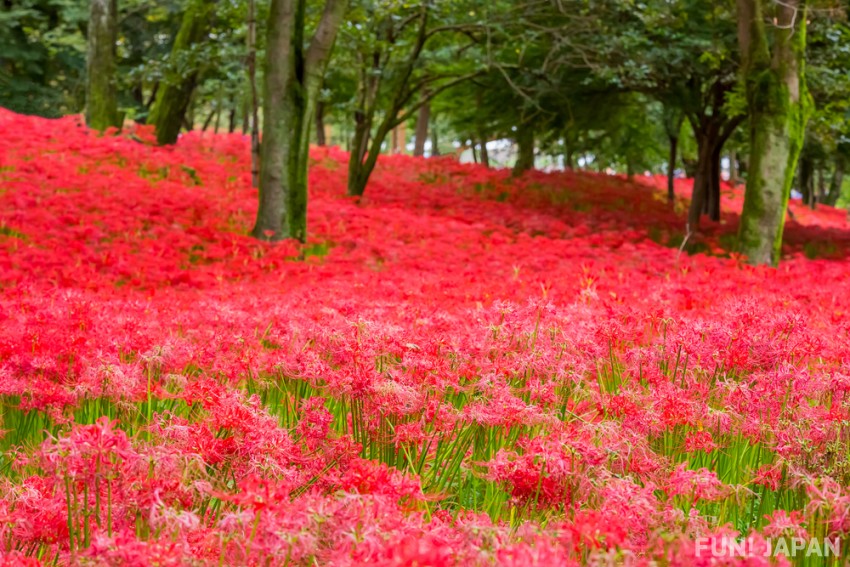
The red spider lily has a few other, slightly scary names, such as the "Hell flower", "Ghost Flower", and "Corpse Flower". You can enjoy the red carpet-like scenery from around the middle of September.
In this article, we introduced the autumnal equinox day, if you have interest in any other Japanese holidays, please check out some of the related articles below.
Related Articles:
What kind of day is the Japanese Holiday "Greenery Day"?
Japan’s Respect for the Aged Day
50 Japanese Autumn Traditions: Flowers, Nature, Food, Events, and Festivals [Complete Guide]
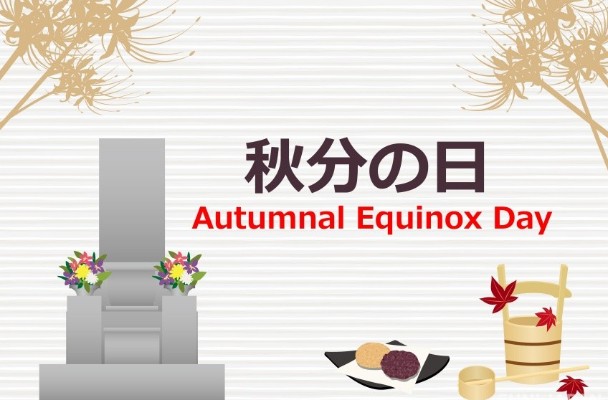
Comments